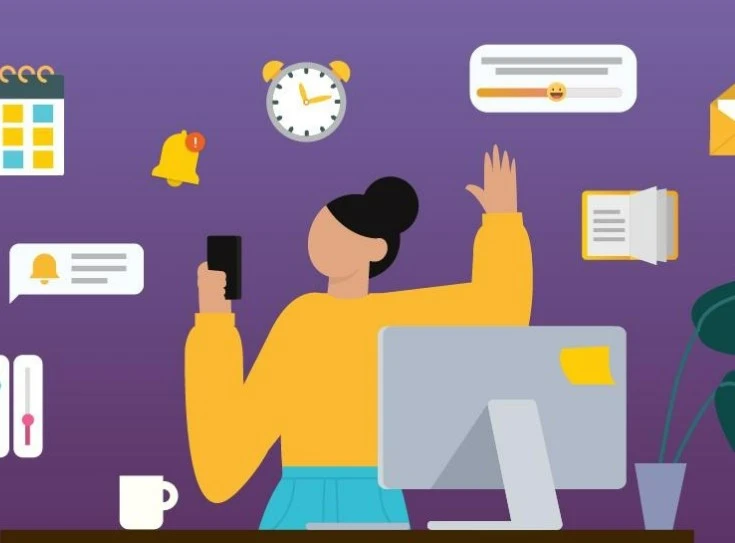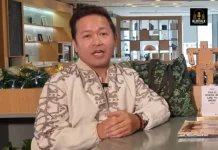
Despite increased efforts in recent years to level the playing field in education, the gulf in attainment between disadvantaged children and their more privileged peers continues to grow – with a devastating knock-on effect for students’ life skills and opportunities.
According to research by the Institute for Fiscal Studies, there has been no improvement in attainment in schools during the past 20 years. This gap has further grown because of the disproportionate impact lost learning has had on more disadvantaged pupils, and catch-up support is now a priority in schools across the country.
As society continues to progress and improve with the aid of technology and advances, how can we support one of our most important sectors to progress and ensure no child is left behind in their learning?
Now more than ever, it’s critical for the education sector to embrace new innovations and utilise digital technology for the benefit of students most in need of support. Intelligent Learning Platforms (ILPs) can be a fantastic tool in a teachers’ arsenal in the fight to ensure that no child is left behind. For learners, ILPs can be a reassurance that they are not falling behind and that they can learn at a pace that best suits them.
Inclusive learning spaces that help pupils thrive
In today’s classroom, teachers will typically have a range of students of all levels and abilities in one room to support. Digital technology has the potential to democratise learning and ensure each child gets the personalised support they need to thrive.
By using data analytics, ILPs can identify how quickly a pupil is completing work and the accuracy of it. This allows pupils to work at their own pace and repeat work questions as many times as they need to understand the problem.
For example, in a standard classroom setting, the teacher will often have to move on from explaining the problem if the majority of the class has understood. This can often mean a child will mentally tap out as they cannot keep up with the pace of work. However, if a pupil is struggling with a maths problem, an ILP will allow them to redo the question if they get the wrong answer, as many times as it takes for them to get the correct answer.
Alternatively, if the majority of the class does not understand, but a small number of pupils do, teachers often go through said equation multiple times to ensure that the whole class understands. This can result in some of the pupils feeling bored and disinterested and eventually, leave some pupils feeling resentful and held back. However, ILPs allow these pupils to move through work quickly so they can continue to challenge themselves and improve their knowledge and skills. This means, teachers can get the very best out of them and get them to reach their fullest potential.
The powerful data analytics capabilities and option to tailor and set work for individual students further make ILPs well-suited for children with SEND. They allow children with special educational needs to remain in the classroom as the technology means they can work at a pace that is appropriate to them.
Working environments that help get the best from teachers
For teachers, being able to identify the students in their classroom who are struggling is one of the most important elements of their job. However, with the current pressures facing teachers, this has become increasingly difficult for teachers to focus on and achieve. Frequently, schools and teachers are required to provide wrap-around care for their students, which can take energy and resources away from academic teaching and put towards pastoral care.
Through recent innovative advancements in technology, such as the development of ILPs, teachers are now able to provide much more tailored work for their pupils. This can open up a lot of time, which for many working in the education sector, is an incredibly valuable resource that is difficult to come by.
One of the ILP’s innovative features is that by using data analytics it can monitor and tailor work for pupils, allowing more time to spend focusing on pupils who need additional support. By providing a monitoring system, it allows teachers more time to develop relationships with pupils in their classroom who may be struggling or may be quite challenging to teach.
Helping with this can only act to improve the relationships between teachers and pupils, which itself will improve their wellbeing at work, which is critical to address the crisis of recruitment and retention in schools.
Better for teachers, better for pupils
Good teachers are the lifeblood of a good education. They inspire pupils, provide emotional support and encourage young people to be the best versions of themselves.
However, in a sector where teachers are being pushed to the brink with exorbitant workloads, real-terms pay cuts, and poor school funding, it is increasingly difficult for them to perform to the best of their ability.
Intelligent Learning Platforms can play a part in beginning to redress some of these issues, and in doing so, can ensure that children are given the very best education, with the work and attention they need as individuals to thrive.
As we continue to recover from the effects of the pandemic as a society, technology continues to be at the forefront of this recovery, assisting positive changes in society. And education is no different. The education sector and children’s development are at a critical inflection point where lost learning has had a huge impact and radical developments are needed.
Embedding technology further into how we teach and learn will not resolve every single issue, however, it can be a positive step forward to addressing the learning gaps between children and ensuring that no child is left behind.
READ MORE from Graham Glass About AI-Assisted Learning:
- Schools of the Future: How Next-Generation Competency-Based Learning is Transforming Education
- The Future of AI and Education
- 2024: The Year AI Transforms Education and Work – Insights from CYPHER Learning’s CEO
About CYPHER LEARNING
CYPHER Learning exists to give learners the power to succeed in a rapidly changing world. Trainers, learning and development (L&D) pros, HR pros, and educators get everything they need in one platform to deliver faster, more personalized, and better learning outcomes. The company provides the only all-in-one AI learning platform that is easy-to-use, beautifully designed, and built to power hundreds of millions of learning moments everyday. Create courses faster. Train and teach better. Learn even quicker. Experience the CYPHER Learning “just in time, just for you, just the way you want to learn” approach that puts people first. See the modern learning platform at www.cypherlearning.com.
Be part of our vibrant Good News Pilipinas community, celebrating the best of the Philippines and our global Filipino heroes. As winners of the Gold Anvil Award and the Lasallian Scholarum Award, we invite you to engage with us and share your inspiring stories. For stories Making Every Filipino Proud, reach out to GoodNewsPilipinas.com via Facebook, Twitter, Instagram, TikTok, YouTube, and LinkedIn. LinkTree here. Let’s spread good news together!










